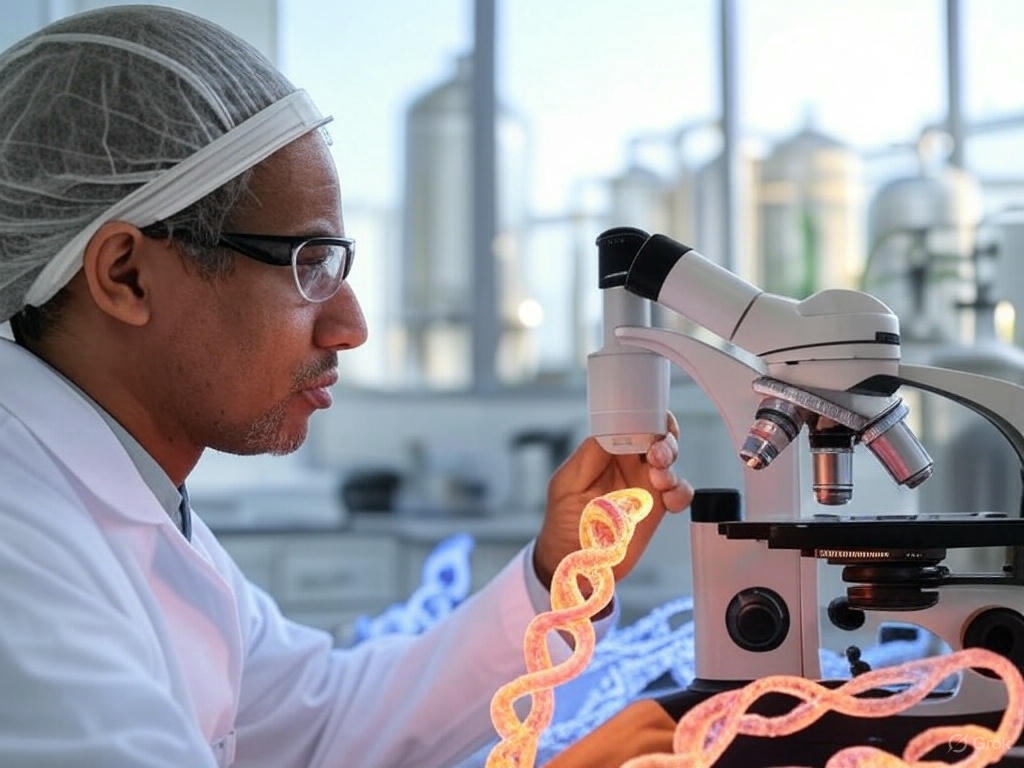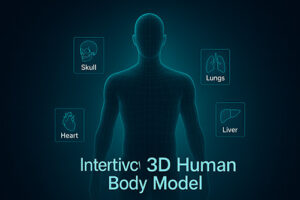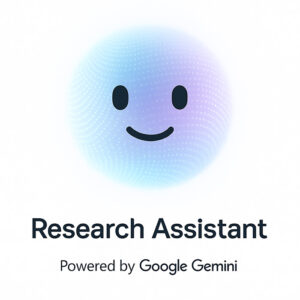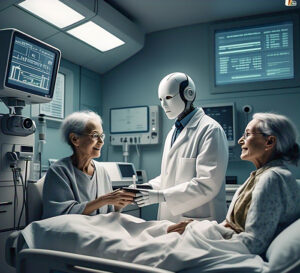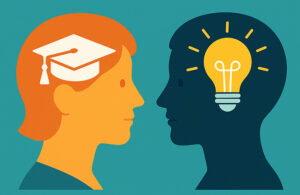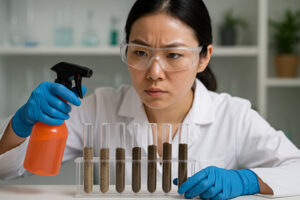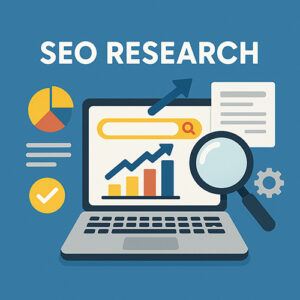Synthetic Biology: Engineering Life to Solve Real-World Problems
Introduction
Synthetic biology is transforming how we understand and use life. At its core, it blends biology with engineering, allowing scientists to design and build new biological systems or reprogram existing ones. Unlike traditional genetic engineering, which might tweak a single gene, synthetic biology uses standardized DNA parts to build complex systems—like programming a microbe to produce medicine or clean pollutants.
This field is growing fast. The global market is expected to top $34 billion by 2027, and venture funding is pouring in. Why? Because synthetic biology holds the potential to tackle challenges in medicine, agriculture, industry, and the environment—and it’s doing so in ways we couldn’t imagine just a decade ago.
How Synthetic Biology Works
The power of synthetic biology lies in treating DNA like code—using modular, interchangeable parts. Think of it like building with LEGO: you can snap together different genes (promoters, enzymes, regulators) to program cells to do useful work.
Here’s what’s making that possible:
CRISPR has made gene editing easy, fast, and affordable.
DNA sequencing and synthesis let us read and write genetic material on demand.
AI and bioinformatics model how gene circuits behave before testing them in the lab.
Metabolic engineering lets us rewire cells to produce everything from insulin to biofuels.
Together, these tools form a design-build-test cycle—engineers design a system, build it in DNA, test it in cells, and improve it iteratively.
Real-World Applications
Medicine
Synthetic biology is powering next-generation therapies:
CAR-T cell therapies train the immune system to destroy cancer.
CRISPR treatments are curing genetic disorders like sickle cell anemia.
mRNA vaccines (like those for COVID-19) were developed in record time thanks to synthetic biology.
Engineered microbes now produce drugs like insulin and artemisinin more efficiently than ever.
It’s also improving diagnostics—portable, CRISPR-based tests can detect viruses within minutes, even in remote settings.
Agriculture and Food
Farmers are gaining access to smarter, more resilient crops:
Plants are being engineered for drought resistance and nitrogen fixation—cutting the need for fertilizers.
Cultured meat and fermented dairy proteins are hitting the market, offering ethical, sustainable food options.
Engineered microbes act as natural fertilizers and pesticides, reducing reliance on chemicals.
This could transform how we grow, produce, and consume food.
Environment
Synthetic biology offers eco-friendly tools to fight pollution and climate change:
Engineered enzymes break down plastics in days instead of centuries.
Microbes can clean up oil spills, remove heavy metals, or capture carbon dioxide.
New bioplastics and materials are being made from renewable sources.
Algae and microbes are being modified to absorb CO₂ and reduce methane emissions.
These innovations give us a way to address environmental issues using biology instead of chemistry.
Industry and Energy
Biological systems are replacing traditional factories:
Microbes can produce everything from fragrances to biodegradable plastics in fermenters.
Engineered organisms generate clean fuels, including jet fuel alternatives and hydrogen gas.
Some bacteria even produce electricity in microbial fuel cells, turning waste into energy.
These processes use less energy, create less waste, and rely on renewable resources.
Ethical and Safety Questions
With great power comes great responsibility. Synthetic biology raises important concerns:
What happens if engineered organisms escape into the environment?
Could this technology be misused to create harmful viruses?
How do we regulate something that moves faster than policy?
Scientists are building safeguards like kill switches and containment strategies. But public dialogue and ethical frameworks are just as important as the science.
Regulatory bodies around the world are adapting slowly, and views vary—some countries are more cautious, while others encourage rapid innovation. Global cooperation and public trust will be critical moving forward.
What’s Next?
Synthetic biology is just getting started. Here’s what’s on the horizon:
AI-designed biology: Automated labs and machine learning will speed up discovery and reduce trial and error.
Xenobiology: Life forms with new DNA letters or entirely synthetic genomes could be used in medicine, space, or materials science.
Minimal cells and cell-free systems: Stripped-down organisms or in-vitro systems will be easier to engineer and safer to use.
Personalized medicine: Treatments tailored to your DNA or microbiome could soon be routine.
We’re heading toward a world where biology is programmable—just like computers.
Conclusion
Synthetic biology is reshaping how we interact with the natural world. It’s already helping us cure disease, grow better food, clean the planet, and manufacture materials sustainably. But with such power comes the need for thoughtful use, robust regulation, and public engagement.
If we get it right, synthetic biology could be one of the most important tools of the 21st century—addressing global challenges and creating opportunities we’ve only begun to imagine.
Call to Action
Want to dive deeper?
Learn: Follow journals like Nature Biotechnology or ACS Synthetic Biology.
Participate: Join events like iGEM or workshops from the BioBricks Foundation.
Stay informed: Support science communication, policy discussions, and public education.
Build or back startups: Synthetic biology is becoming a hub for innovation and entrepreneurship.
Synthetic biology’s future depends not just on scientists—but on all of us.

